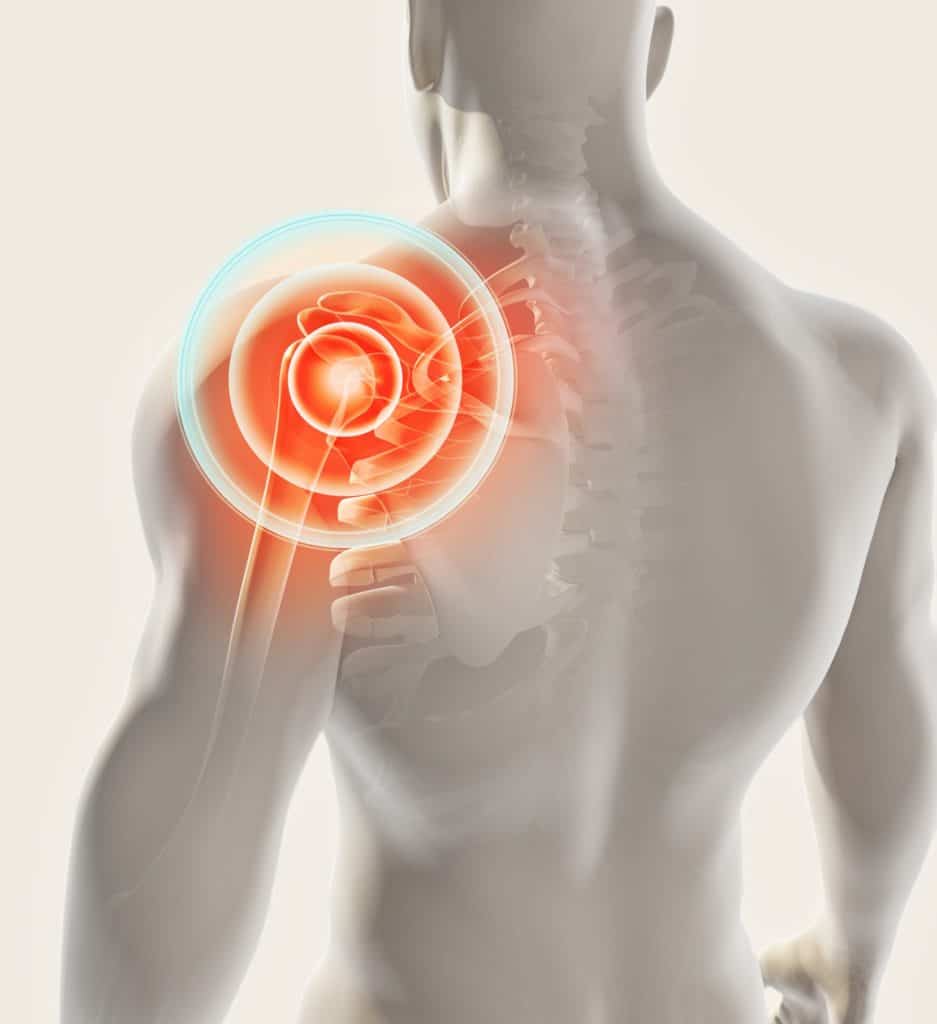Peripheral Joint Adjusting
Chiropractic care isn’t limited to the spine. Peripheral Joint Adjusting focuses on the joints of the arms, legs, hands, feet, and jaw—helping restore movement, reduce pain, and support overall body function.
What Are Peripheral Joints?
Peripheral joints can include areas such as:
- Shoulders and elbows
- Wrists and hands
- Ribs and skull
- Hips, knees, ankles, and feet
- The temporomandibular joint (TMJ) or jaw
When these joints become stiff, misaligned, or injured, it can affect how you move and feel. Adjusting them can help improve function and relieve discomfort. These adjustments can also support better alignment throughout the body, especially when combined with spinal care and soft tissue therapy.
Who can benefit from peripheral joint adjusting?
Peripheral joint adjusting can help anyone experiencing joint stiffness, pain, or limited movement—whether from injury, overuse, or everyday wear and tear. It’s especially beneficial for athletes, people with physically demanding jobs, and those recovering from accidents or surgeries. By restoring proper joint function, it can improve overall mobility, reduce pain, and support your body’s natural healing.
What to Expect
Dr. Rosenberg will assess your joint movement, posture, and symptoms before performing a targeted adjustment—often using specialized tools or hands-on to improve motion, reduce inflammation, and promote healing.
Whether you’re dealing with joint discomfort from work, sports, or daily life, Dr. Rosenberg can help restore comfort and movement in your whole body—not just your spine.
Frequently Asked Questions
What’s the difference between spinal adjustments and peripheral joint adjustments?
Does peripheral joint adjusting hurt?
Is peripheral joint adjusting safe?
Is peripheral joint adjusting safe during pregnancy?
